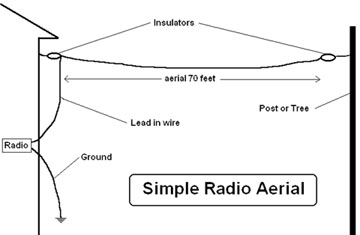 |
We have all seen diagrams showing how to set up "simple"
radio aerials, but beginners often have questions including:
|
 |
We have all seen diagrams showing how to set up "simple"
radio aerials, but beginners often have questions including:
|
| This page shows how I set up a simple radio aerial at my camp in Temagami, Ontario using almost entirely materials I had on hand. The only items I had to purchase came from "The Source." The actual stranded wire for the aerial is antenna wire 14 GA, 7 strand bare copper, Part number 278-1329; 21.3m. $9.99 |
| To find this item, try http://www.thesource.ca/estore
and search for 278-1329 Plugs to connect the finished aerial to the radio
also came from "The Source." As of 2009, "The Source" seems to be
moving away from supplying radio parts. Perhaps try http://www.durhamradio.com instead. All parts can be found at various online stores; but you are then involved with extra charges for shipping and handling, paying sales tax and more handing charges at the post office if you purchase from another country, and so on. The result is a great deal of inconvenience and a much higher final cost. It is cheaper and more fun to make your own aerial using material many people have around the house. |
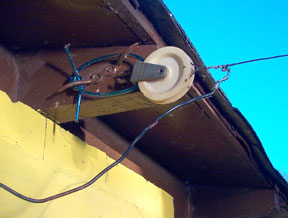 |
Here is a super cheap insulator made using a steering
cable pulley from an old outboard motor boat.
The black wire is insulated solid copper wire salvaged from household electrical wire. The blue wire holding the pulley to the rafter is left over clothes line wire. Feel free to substitute EXCEPT for the connections: Always solder all connections and never depend on just twisting the wires together. |
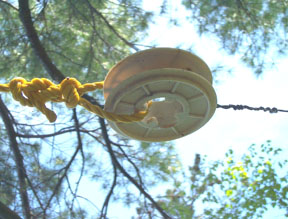 |
If, like many people, you don't happen to have an old
steering cable pulley lying around, use something else.
All I had was one pulley, so for the insulator at the other end of the aerial, I used an empty spool from a weed whip. The yellow rope at this end is attached to a big pine tree using a hook. This makes it easy to take the whole affair inside when I come home for the winter. |
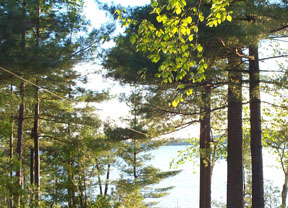 |
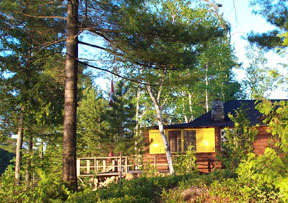 |
|
|
|
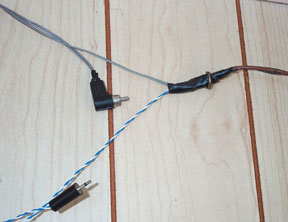 |
Inside the camp, I attached (soldered) the heavy black
electrical wire to lighter more flexible wire leading to two plugs for
the two radios. One of these flexible wires is (I think) speaker wire and
the other is from some old telephone cable.
A ground wire, not shown, was made using old aerial wire and is attached to a unused water pipe in the cellar. Some people say a ground isn't needed, but I find it results in much better reception. |
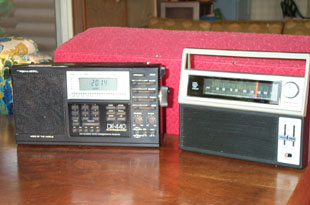 |
Here are the two radios; a Radio Shack DX-440 and a Radio Shack Realistic #12-655 which is a "Long Range TRF Circuit"
radio that tunes AM only, has very good sound and is a real favourite.
I usually unplug the aerials when the radios are not in use and I ALWAYS unplug during any sort of lightning storm. |
|
Be sure to check out the Beginner's Guide. Mail Order Page and Mail Order pdf Page This page posted by Robert Sewell on Sunday, November 14, 2004 Please visit my Home Page. |